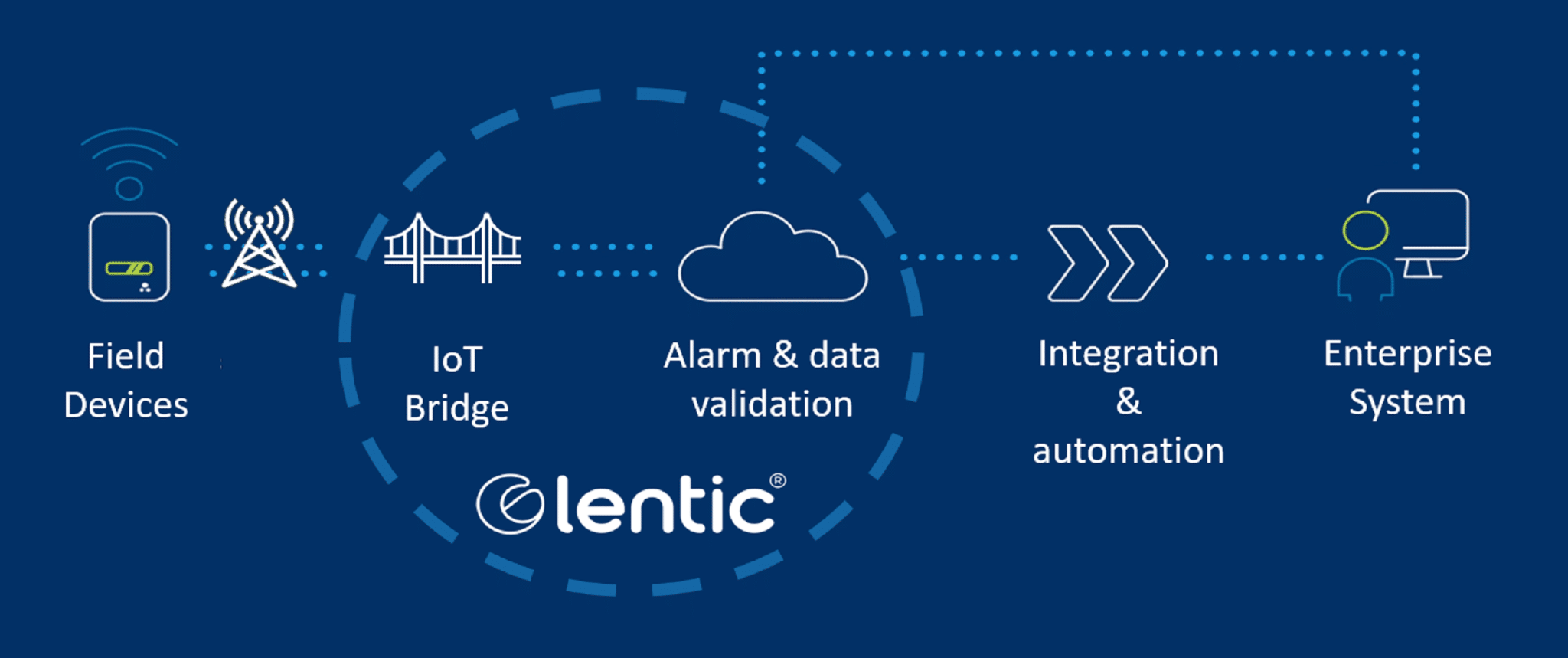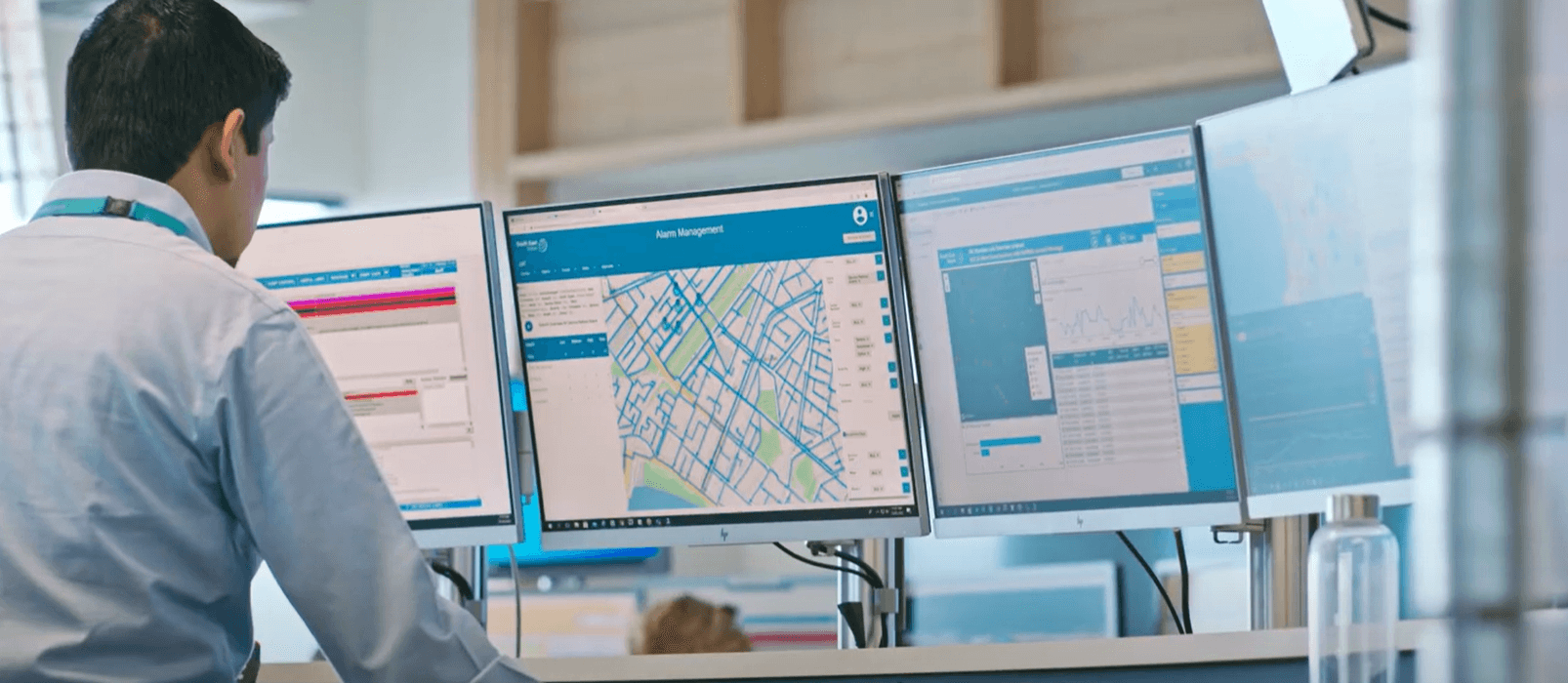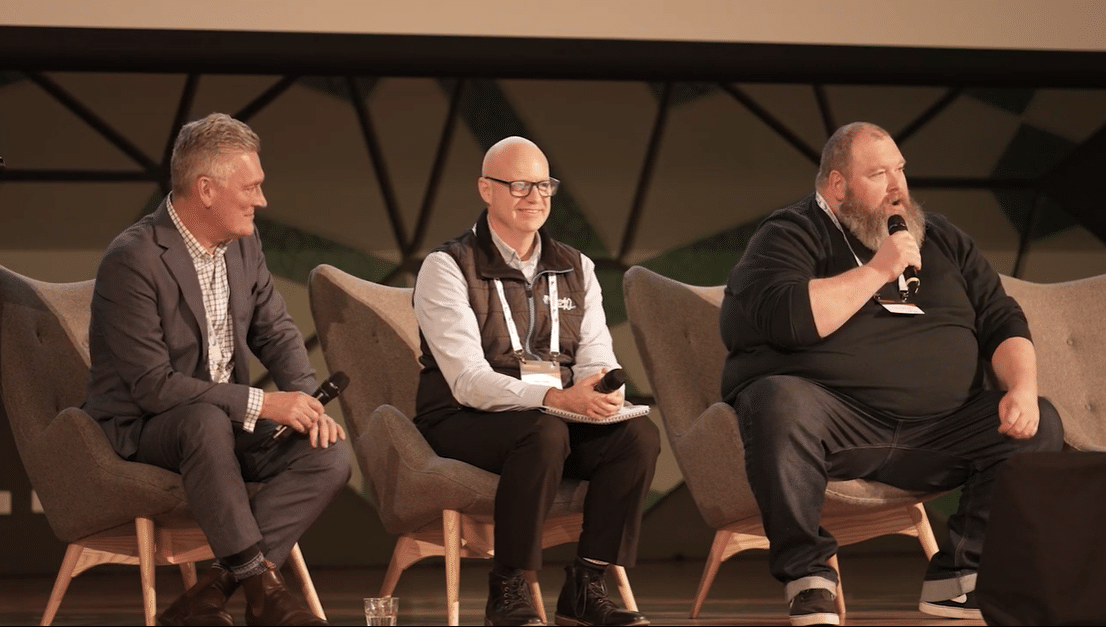As utilities and regional councils balance water scarcity, operational efficiency, and evolving customer expectations, the demand for flexible digital metering solutions has never been greater.

WHAT HAS BECOME increasingly evident is that no single approach suits all. The system requirements to support digital metering differ across utilities based on their size, risk appetite and digital maturity. Enter Iota and its Lentic® platform – an IoT solution designed for digital water metering, that seamlessly integrates device management, alarm management, data validation and analytics. Lentic’s adaptable framework allows utilities to decide which of these functions to manage inhouse and which to outsource in line with their strategic priorities and resources. For the past decade, Iota has been at the forefront of digital water management, offering solutions proven at South East Water, that cater to the unique needs of water utilities.
Choice in meter management
Digital metering comprises two key systems:
- A head-end system (HES) – responsible for connectivity, data collection and meter management
- A meter data management system (MDMS) – data validation, operational alarm management, operational data analytics (such as vibration data) and initiating automated processes including billing data transfer and customer leak notifications.
Historically these systems have been managed separately, requiring utilities to take the risk of systems integration and vendor dependencies. Now, Lentic provides the ability to manage a HES and MDMS separately as well as an integrated approach.
“Water utilities have different levels of risk appetite and operational capabilities, influencing how they choose to manage their digital metering systems,” said David Mason, Iota’s Customer Director. “Some utilities prefer full control, managing everything from device ownership to data analytics, while others opt to outsource certain aspects – or all – to reduce complexity and operational burden,” Mason said.
Controlling your metering systems
Lentic was designed to provide control of the entire end to end digital metering process in one place. This allows utilities with strong inhouse capabilities and desire for greater control to own the entire metering process, from device management to data collection, analysis and billing. A combined HES and MDMS provides utilities with cleaner and simpler system architecture, improved cyber security and enhanced interoperability between devices and systems, as well as reduced costs.
For utilities that want to outsource one or more elements, for example meter fleet management, the utility can provide preferred partners access to the device management functionality within Lentic. This enables a utility to maintain control over data and business applications and to focus on core operations without the added responsibility of device health and connectivity. Utilities with a low-risk appetite and limited inhouse resources may choose to fully outsource their digital metering program, from device ownership to data analysis, validation and alarm management. By offering architectural flexibility, Lentic allows utilities to set up and manage their digital metering programs in a way that maintains freedom and aligns with their risk appetite.
“Lentic simplifies end to end metering while enabling flexibility in deciding what to manage in-house and what to outsource,” Mason said.
Transforming water management
Increasing urbanisation and climate change place growing pressure on finite water resources. Lentic can mitigate these challenges by identifying leaks and providing insights to help conserve water and improve network operations.
Lentic ingests and validates digital meter data and applies water domain specific rules to proactively monitor network health, including meter and water network issues. When issues are detected, Lentic visualises system generated and device-based alarms for operators to investigate.
Utilities can configure and apply their own water specific rules to drive operational efficiencies tailored to their needs and that assist in managing their meter fleet at scale while not being overwhelmed by unnecessary alarms. By filtering and prioritising critical alarms, Lentic ensures resources are directed to where they are needed most.
“Digital metering isn’t just about reporting water usage for billing; it’s about transforming data into actionable insights that benefit the whole community,” Mason said.
“Lentic’s rules engine ensures that only relevant alarms are viewed by operators, making sure they are not overwhelmed with thousands of low-priority alarms so they can act on critical alarms faster”.
Eliminating vendor lock-in
A major pain point for utilities around digital metering is vendor lock-in, where proprietary systems limit flexibility.
“Utilities don’t want to be locked in,” Mason said.
“Lentic is network and meter agnostic, giving utilities the freedom to choose the most appropriate hosting model for their needs while maintaining control over their digital metering fleet.”
Lentic utilises native Azure cloud services and architecture for scalability, high availability, optimised performance, and cost efficiency. It is designed based on open standards, enabling seamless integration with different device types and communication networks and end-to-end Advanced Metering Infrastructure (AMI) that integrates with utility business systems and data and analytics platforms. This architectural approach ensures utilities can adapt to future technological advancements without significant disruptions or cost.
Sotto and Lentic – a powerful combination
Many digital metering programs are focussed on customer side leaks and do not include technology to detect network leaks. Another feature amongst Iota’s offerings is Sotto®, an innovative vibration sensor that is fully integrated into a digital meter and designed to detect network-side leaks with unmatched precision.
When paired with the Lentic’s network leak analytics, Sotto data delivers unparalleled insights. Utilities can pinpoint the location of leaks with remarkable accuracy, as well as characterise the type of leak.
Sotto’s design enables the identification of leaks that might otherwise go undetected, especially in areas where soil conditions hinder leaks from surfacing and on service lines where leaks are most prevalent but very small in size.
“Sotto revolutionises how we detect network leaks,” Mason said. “By embedding this technology in meters at a small marginal cost, we gain actionable insights into the health of our network, enabling quicker interventions and significant water savings.”
By leveraging these advanced tools, utilities can shift from reactive maintenance to proactive, ensuring long-term network sustainability and efficiency.
Pioneering sustainable practices
Sustainability lies at the heart of Iota’s approach. Lentic’s capabilities extend to sewer networks, further broadening its impact. Utilities can address issues such as sewer blockages and overflows by leveraging the same integrated platform and analytics, reducing environmental risks and operational costs.
As utilities incorporate renewable energy sources and advanced technologies into their operations, Lentic can seamlessly integrate these elements, ensuring a cohesive system that maximises efficiency. The platform’s adaptability is key to its sustainability credentials.
“The water industry needs solutions that not only address immediate operational needs but also contribute to long-term sustainability. Lentic exemplifies that dual focus,” Mason said about the broader implications.
Real-world impact
South East Water’s implementation of Lentic demonstrates the platform’s capabilities at scale. The utility streamlined its operations by combining HES and MDMS functionalities and improved water conservation, saving almost 1.8 gigalitres to date through automating customer leak notifications.
Getting customers to act on saving water can be difficult, but implementing automated leak notifications, initiated by Lentic, that include a volume and dollar value of water lost has been a game changer in terms of leak closure rates.
“This isn’t about technology,” Mason said. “It’s about ensuring sustainable water management for the future. The 1.8 gigalitre cumulative savings achieved through Lentic and smarter leak detection proves that we are making progress toward that goal.” Mason emphasised what Lentic can provide.
“At the end of the day utilities recognise the value of starting with a mature, ready-to-deploy solution. Lentic provides this with the added option of choice – allowing utilities to determine how much of the metering process they want to own and manage” he said.
With its ability to scale, Lentic can be implemented across networks of varying sizes, offering solutions tailored to specific operational needs. This accessibility enables utilities to modernise their systems without overwhelming their resources.
Looking ahead
The demand for smarter, more efficient water management systems is growing. Flexible, integrated platforms like Lentic represent the future of digital metering and are the key to digital transformation, enabling utilities to address today’s challenges while preparing for tomorrow’s demands.
“It’s time for the industry to move forward,” Mason said. “With the right tools, we can transform water management globally and make sustainable water use a reality.”
For utilities seeking to streamline operations and conserve resources the path is clear: adopt integrated, future-ready solutions that are flexible and deliver both innovation and impact.
With its proven track record and forward-looking design, Lentic is poised to lead the way, helping utilities navigate the complexities of the modern water landscape while ensuring a sustainable future for all.
This story was originally published by Inside Water.


